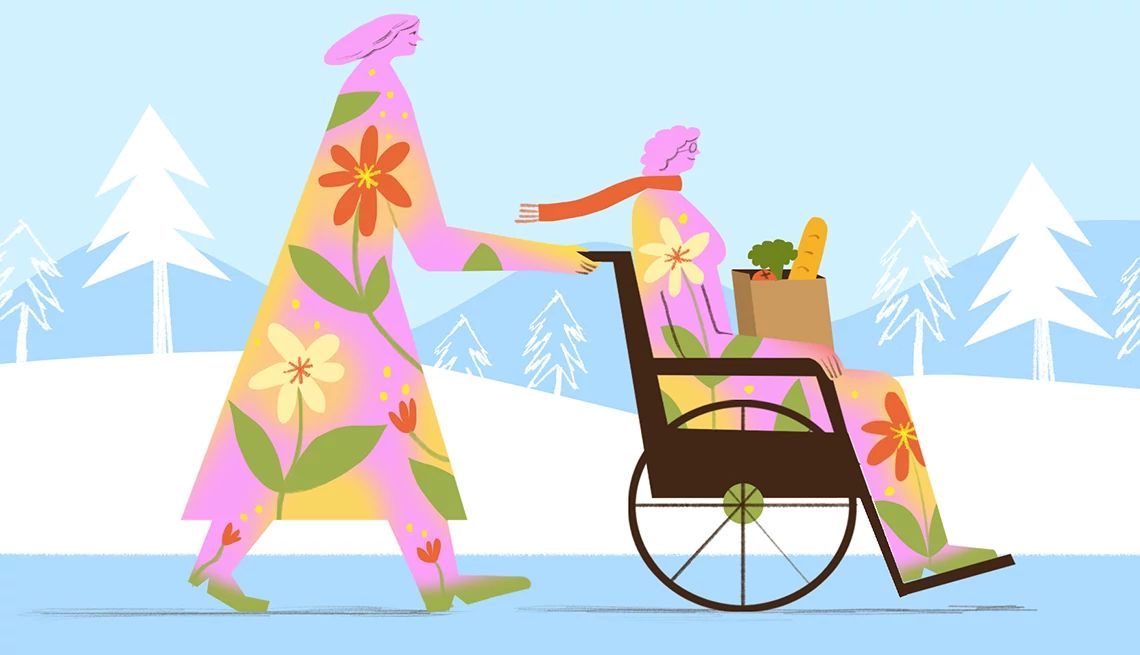AARP Hearing Center


Welcome to Ethels Tell All, where the writers behind The Ethel newsletter share their personal stories related to the joys and challenges of aging. Come back each Wednesday for the latest piece, exclusively on AARP Members Edition.
I’m a chronic overthinker, especially when it comes to my kids, friendships, family ties or stressful situations in the workplace. I am constantly thinking and rethinking to the point of mental fatigue and emotional weariness.
I’ve read enough self-help lit and had enough therapy to understand most of my perceived problems with others exist only in my head.
Years ago, I realized I needed to end a friendship with a close friend. It took me years to admit to myself that the friendship did not work for me, and two more years to gather the courage and resolve to talk to my friend about my feelings. During those two years I was plagued by overthinking my feelings and their validity and the best way to approach the situation.
By the time I disclosed this to my friend, she was floored by my list of grievances, and though she understood where I was coming from, she couldn’t get past the fact that I waited two years to talk to her.
Instead of letting my frustrations build to the point I wanted out of the friendship, she wished I would’ve talked to her in real time when she’d done something upsetting rather than silently fume until I couldn’t contain my anxiety.
This is just one example of the many ways I tend to overthink and get stuck instead of finding ways to effectively deal and move forward. Thankfully, I found a surprising way to circumvent getting caught in this cycle again.
I was listening to a podcast in which a dynamo of a lady living her best life in her 80s revealed the secret to her next-level health and happiness. What rang loudly in my ears was her suggestion to combat loneliness (along with whatever else may ail you) by volunteering for hospice.


































































You Might Also Like
My Husband Has ED, and Our Marriage is Better Than Ever
We’ve discovered how enjoyable intimacy can be without intercourse
One Thing I Will Never Do in Front of My Partner
I know other women feel the same, but why?I’m So Envious of My Closest Friends, It Hurts
Seeing their close family ties reminds me of what I don't have